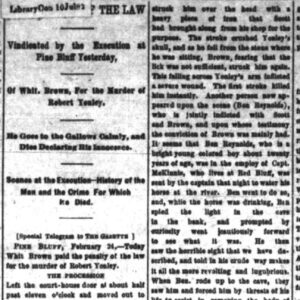 Whit Brown Execution Story
Whit Brown Execution Story
Entry Category: Law Enforcement
 Whit Brown Execution Story
Whit Brown Execution Story
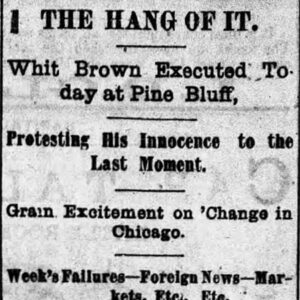 Whit Brown Execution Story
Whit Brown Execution Story
 Whit Brown Execution Story
Whit Brown Execution Story
Brown, William (Execution of)
Burnett Family (Executions of)
Burnett, Henry (Execution of)
 Henry Burnett Execution Story
Henry Burnett Execution Story
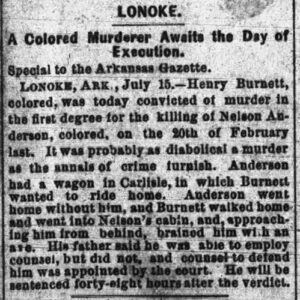 Henry Burnett Execution Story
Henry Burnett Execution Story
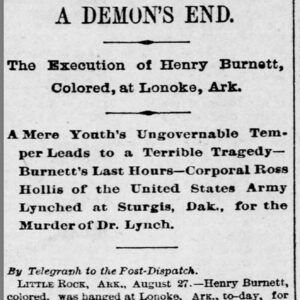 Henry Burnett Execution Story
Henry Burnett Execution Story
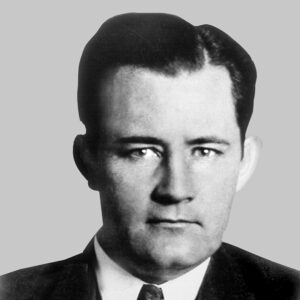 Raymond J. Caffrey
Raymond J. Caffrey
Caldwell, Charles (Execution of)
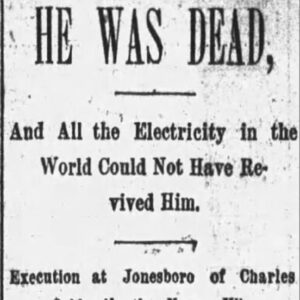 Charles Caldwell Execution Story
Charles Caldwell Execution Story
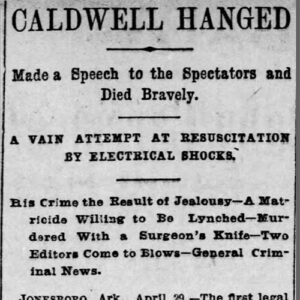 Charles Caldwell Execution Story
Charles Caldwell Execution Story
Capital Punishment
aka: Death Penalty
Carroll, George (Execution of)
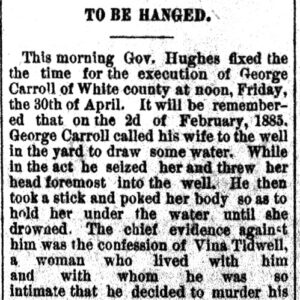 George Carroll Execution Story
George Carroll Execution Story
Carter, Nathan (Execution of)
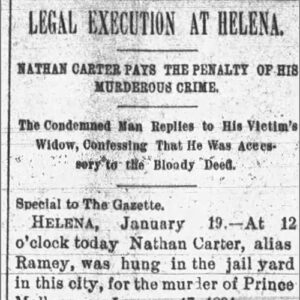 Nathan Carter Execution Article
Nathan Carter Execution Article
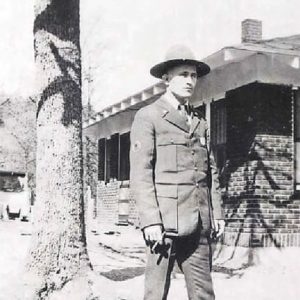 James Alexander Cary
James Alexander Cary
Cary, James Alexander
Casat, Deno (Execution of)
Casey, Frank (Execution of)
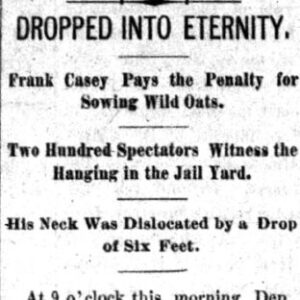 Frank Casey Execution Story
Frank Casey Execution Story
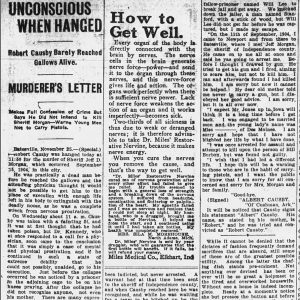 Causby Execution Article
Causby Execution Article
 Causby Execution Article
Causby Execution Article
Causby, Robert Albert (Execution of)
Chambers, Abe (Execution of)
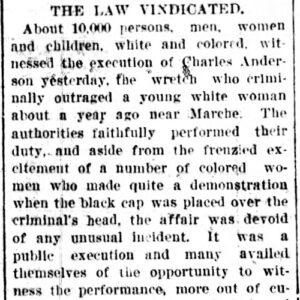 Charles Anderson Execution Article
Charles Anderson Execution Article
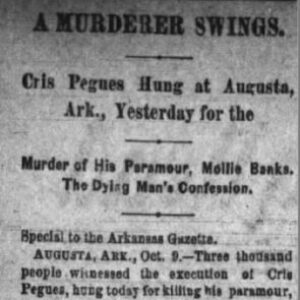 Chris Pegues Execution Story
Chris Pegues Execution Story
 Clay County Jail
Clay County Jail
 William Closson Lynching Story
William Closson Lynching Story
 Conner House
Conner House
Conner, Laura Cornelius
Corrothers, Helen Gladys Curl
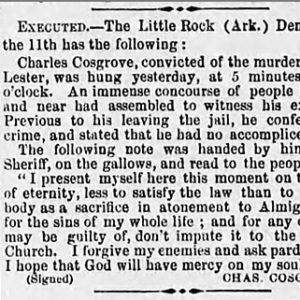 Cosgrove Execution Story
Cosgrove Execution Story
 Charles Cosgrove
Charles Cosgrove
 Judge Calvin Cotham
Judge Calvin Cotham
County Coroner, Office of the
County Judge, Office of
 Crawford County Execution Article
Crawford County Execution Article
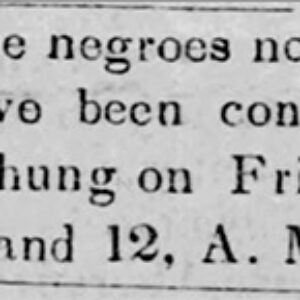 Crawford County Execution Article
Crawford County Execution Article
Crawford County Executions of 1843
Criminal Justice Institute
Crittenden County Executions of 1871
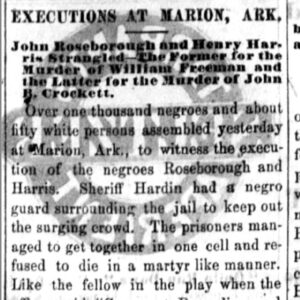 Crittenden County Executions Story
Crittenden County Executions Story
Crumpton, Boudinot (Execution of)
aka: Bood Burris (Execution of)
 Crumpton, Boudinot Execution Story
Crumpton, Boudinot Execution Story




